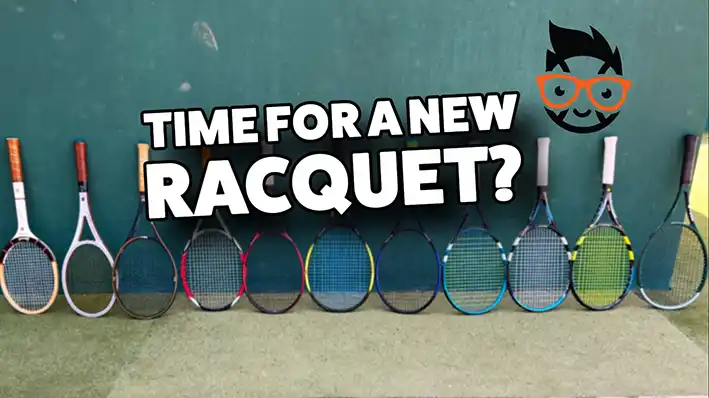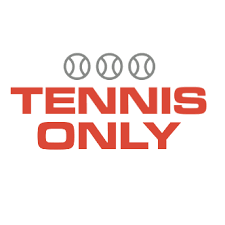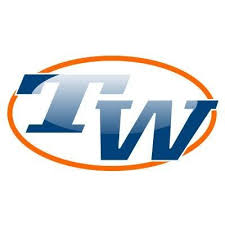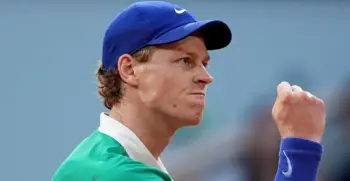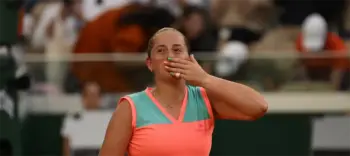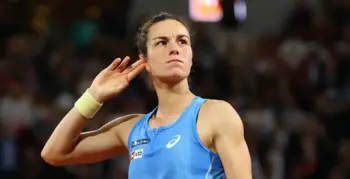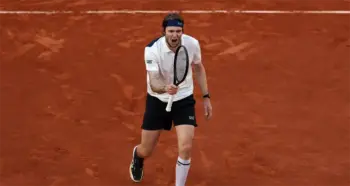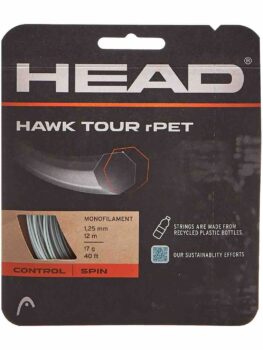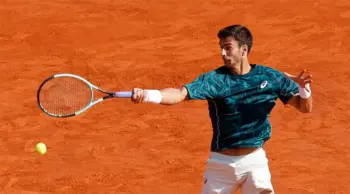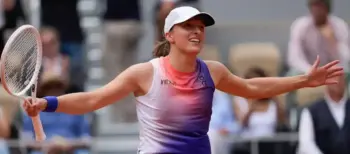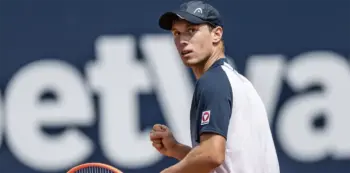Updated 2nd June 2025
I have written a lot about how to choose a tennis racquet. There is no exact science, but there are some things we can keep in mind on our racquet journey.
This post, How to Choose a Tennis Racquet, was updated in May, 2025 and is currently a work in progress.
If you need help on your journey, we offer a personal consultation via e-mail to help narrow down the choice. This also includes string advice.
Step 1: Understand Your Game
Before anything else, get feedback. Ask your coach, your hitting partners — or even better, record yourself. Use your phone or an action camera mounted on a tripod or the fence. Seeing yourself play gives valuable insight into your technique, timing, and swing mechanics.
Remember: you like what you like. Racket advice is helpful, but the final decision is yours. If a racket feels good and helps you enjoy the game, that matters more than specs or trends.
Example: My stepfather plays with a Wilson 6.1 95 — not a typical choice for someone at 67 — but it works for him. He plays six times a week and loves it. That’s what counts.
Step 2: Try Tweaking Before Switching
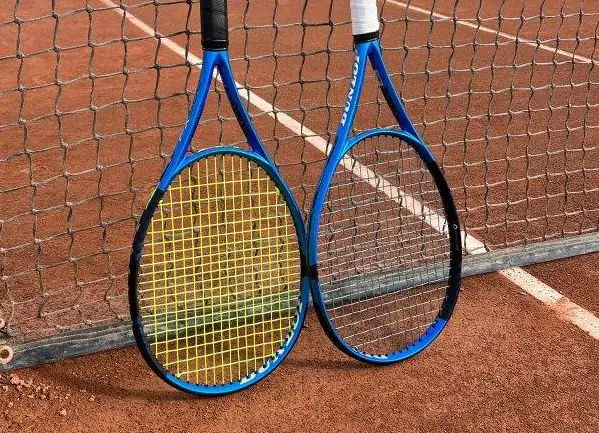
Before buying a new racket, consider adjusting your current setup. Small changes can make a big difference.
String Tweaks:
- Lower tension = more depth, bigger sweet spot
- Higher tension = more control
- Softer strings or hybrids = more comfort and power
- Spin strings = more bite on the ball
Customization Options:
- Add lead tape at 12 o’clock = more power, higher swing weight
- Adjust grip size or shape = improved comfort or handling
Don’t underestimate the effect of strings and setup. Often, it’s the string setup — not the racket — causing discomfort or performance issues.
We have a list of recommended strings here. For more power, you go for a lower tension or higher swing weight. For less power, you can go with a higher string tension or lower swing weight. You can find definitions and a glossary in our Guide to Racquets and Strings. You can also customize the racquet to have more power and stability, for example. It is usually wise to try tweaking your current racquet before you give up on it.
Step 3: Know What You’re Looking For
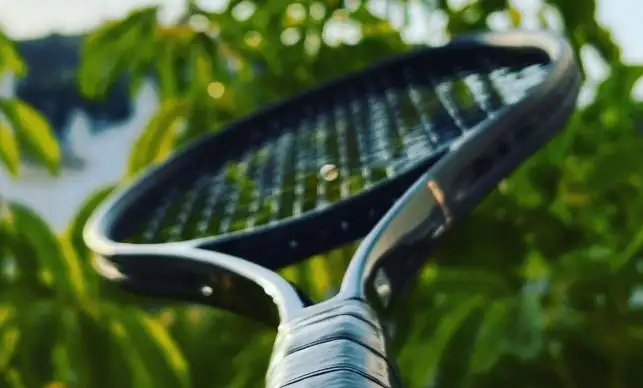
There is no perfect racket. Each one comes with trade-offs. These are characteristics you might be looking for.
- Power
- Spin
- Control
- Comfort
Does this mean that you should go searching for that category of racquet? No, but it will give you some general direction. You need to experiment a bit and see what you like.
You will most likely not want to stay too far away from your current racquet in terms of racquet specifications (see the section below). The reason is that you are used to your racquet (muscle memory) and going for a drastic change might be very difficult to adjust to. This, of course, depends on what you want to change. If you want a much lighter or heavier racquet, then you need to demo that first to see if it can work for you.
Here are the main traits you’ll need to balance:
1. Power
- Stiff, thicker-beam frames (e.g. Babolat Pure Drive, Yonex Ezone, Head Boom) deliver free depth.
- Great for shorter swings or players who want help generating pace.
- Downsides: less control, sometimes less comfort.
2. Spin
- Aerodynamic designs with open string patterns and spin grommets (e.g. Babolat Aero, Yonex VCORE, Wilson Shift).
- Generate higher launch angles and more rotations — useful for kick and topspin-heavy games.
3. Control
- Thinner beams, lower stiffness, tighter string patterns (e.g. Wilson Blade, Yonex Percept, Head Radical, Dunlop CX).
- Offer precise placement but require more effort and consistency.
- Often preferred by advanced or traditional players.
4. Comfort
- Arm-friendly frames with dampening systems (e.g. Wilson Clash, ProKennex Black Ace).
- Great for those with tennis elbow or wrist issues.
- Softer strings and lower tensions also improve comfort significantly.
Step 4: Demo and Test
Always demo multiple rackets before committing. Narrow your choices to 3–4 based on your preferences (power, spin, control, comfort), then playtest them.
Pro tip: If you don’t like a racket within 30 minutes, move on. The right racket should feel promising, even early on.
Muscle memory also plays a role. Switching frames takes time — weeks or even months — so be patient and avoid drastic changes.
Step 5: Choose Your Category
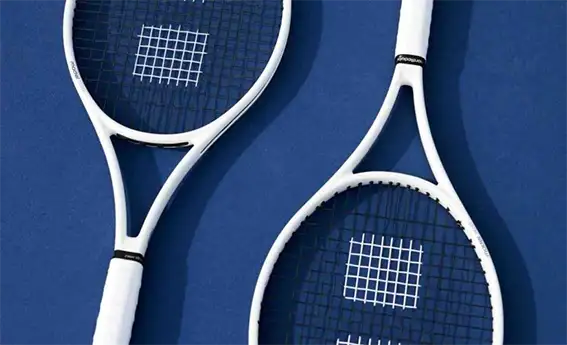
There are many different types to consider when choosing a tennis racquet. We write about this below under “Different types of racquets”, but will deal with it in short here.
If you are a player who plays with lots of spin, it might not necessarily mean a spin racquet is the way to go, you might want to get a more controlled racquet to control the trajectory and if you hit with lots of touch and feel, you might want to get a power racquet to help you get more free depth. The best idea is to demo and see.
Power racquets – Babolat Pure Drive, Yonex Ezone, Dunlop FX, HEAD Boom, Wilson Ultra, Tecnifibre TF-X1, Diadem Nova (both power and spin)
Stiffer and thicker frames which will you give you free depth and power on your shots. These have lower shot trajectories than Spin racquets, which is another popular category today. Power racquets often come in 98 sq inch versions for you who want some power, but not all the way to the standard 100 sq inch versions. These racquets are stiffer so are not always ideal for players who struggle with arm issues (but you can adjust some of that with the right string and tension).
Spin racquets – Babolat Pure Aero, Yonex VCORE, Dunlop SX, HEAD Extreme, Wilson Shift, Diadem Axis
Medium stiff and thicker frames more focused on string movement and aerodynamic properties for players looking for higher launch angles and maximum spin potential. They are usually not quite as stiff as power racquets, but still produce lots of free depth and the shots tend to bounce high, which can be difficult for the opoonents to deal with.
Control racquets – Babolat Pure Strike, Yonex Percept, Dunlop CX, HEAD Radical, Wilson Blade, Tecnifibre TF40
Lower stiffness, thinner frames, focused on dependability and precision. The player needs to produce the power, depth and spin using good footwork and technique. Demanding racquets for players that prefer to do more of the work. There are 100 sq inch, more forgiving and powerful control racquets these days like the Blade 100, Gravity MP, Percept 100, Strike 100, Dunlop CX 400 Tour…
The in-between – HEAD Speed MP, Nordicdots Model 100, Tecnifibre Tfight
(and you can put control 100 sq inch racquets like Dunlop CX 400 Tour, Babolat Pure Strike 100 16/20, Yonex Percept 100)
There are racquets that try to do balance all of the above. Control, spin and power in equal measures, kind of. Sounds like the perfect racquet? Well, it depends, they work for many but not everyone.
Others – Wilson Clash (comfort), HEAD Gravity (control), Prestige (control/precision), Pro Staff (control/precision),
Looking for new gear?
Get your tennis racquets from Tennis Only.
Our recommended tennis store for Australia!
Looking for new gear?
Get your tennis racquets from Tennis Warehouse Europe!
Use the code TNERD10 for a 10% discount right now.
Looking for new gear?
Get your tennis racquets from Tennis Warehouse.
Our recommended tennis store for North America!
Racquets for beginners
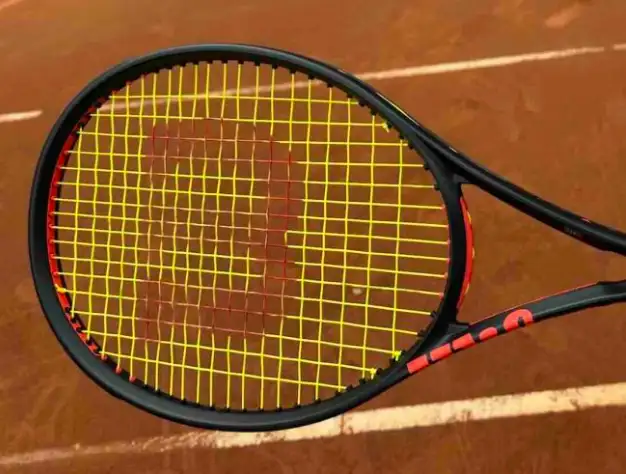
Head size: 100-110 sq inches. You can go for an even more oversized racquet, but somewhere maneuverability drops, so I think 110 max is fine.
Weight: 260-290g unstrung. A lighter racquet will make it easier for you to swing it, but it will have less stability and impact on the ball.
Balance: will depend on the weight of the racquet. If it is 260g (9.2 oz), it will be more head-heavy to maintain stability. It is 285g (10 oz); it should be more head-light to improve maneuverability. You do not need to worry about swing weight or customization.
Stiffness: try to avoid strung RA values at 70 or above. Some players struggle with high racquet stiffness, which in my experience, can lead to tennis elbow.
Strings: If you’re a beginner, I think it makes to use a multifilament string at around 1.25 to 1.30 gauge (thicker = better durability) at a medium-high tension of 53-57 lbs, depending on the head size. This will give more comfort and power than using a polyester string.
If you use a polyester string, don’t string the racquet higher than 52 lbs. I will give string recommendations after the racquets.
Racquet suggestions
Babolat Pure Aero Team 2023
The Babolat Pure Aero is one of the more popular racquets on the market for a reason. A nice feel, easy spin and power and quite maneuverable.
Wilson Clash 100 V3
The Clash is such a player-friendly racquet. The focus on comfort should be excellent for many beginners who might struggle with their technique. A forgiving and fun racquet to use.
There are lighter models, but I think the regular Clash 100 can work from beginners up to the intermediate level. If you are unsure if you can handle the weight, I’d for the Clash 100L instead.
HEAD Speed Team
This is such a light and user-friendly racquet with great feel and comfort. I would say my personal fave of the beginner racquets.
Yonex Ezone Ace
For the budget-conscious, this racquet delivers fantastic value. A solid starting block as a beginning tennis player at 99 USD!
Racquets for Intermediate players
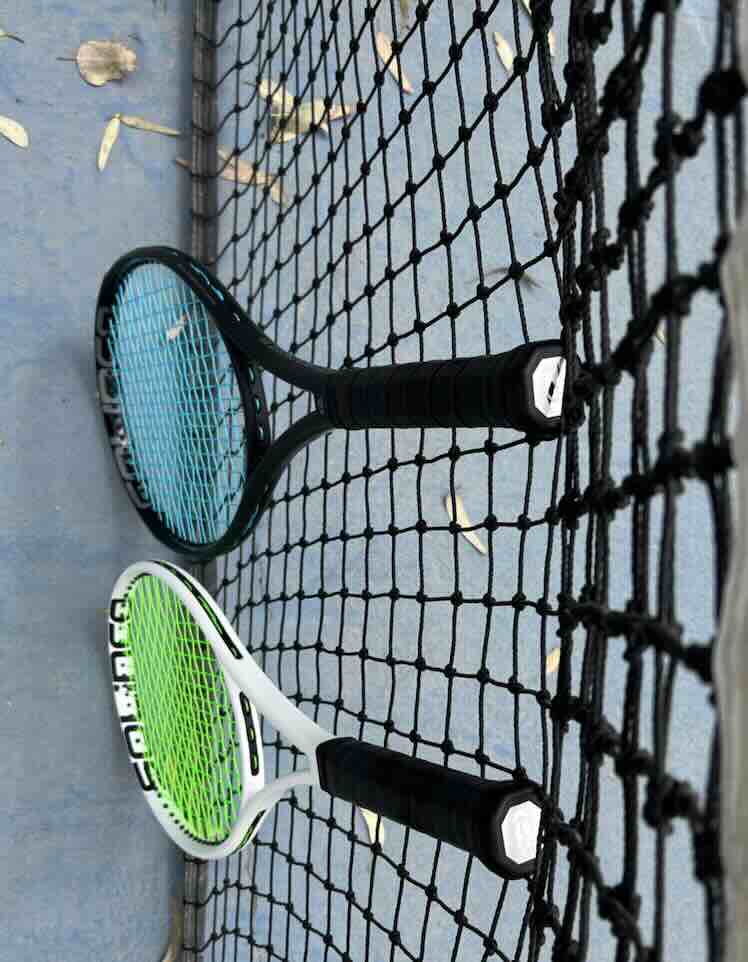
There is an abundance of choices for intermediate players when choosing a new tennis racquet. We’d pick some favorites that should work for a vast group of players.
I think most intermediates should focus on a 100 sq inch racquet with a mix of abilities.
Tecnifibre Tfight 300
This is a new model from Tecnifibre that balances power and spin with a decent level of control. It is relatively forgiving but still rewarding when you hit the sweet spot. A weapon for flatter hitters.
Nordicdots Model 100
Compared to the Tfight, this has a slightly softer feel and is lower-powered than the Tfight. It has a slightly higher launch angle, which should suit players who like to generate more top spin, while the Tfight is a better choice for flatter hitters.
HEAD Speed MP
The Speed is such a versatile choice it should be demoed by many different types of players. It can produce a heavy spin ball, but also has enough control for all court tennis. A higher launch angle compared to the Pro version, for example.
Yonex Percept 100D
This racquet gets overlooked quite a bit, but it is an excellent frame that balances power and control really well. The launch angle is slightly lower on this one, allowing for more precision when attacking.
Racquets for advanced players

Advanced players can generate more racquet head speed and often require slightly less forgiveness than intermediate players.
Wilson Blade 98
There is a reason you see the Blade everywhere. It’s an icon in the game for players who can generate power and want the racquet provide the best possible control on their shots.
There is a Blade 100 for intermediate players, which should be considered if you like a Blade-style racquet but need more forgiveness.
Babolat Pure Aero 98
This racquet has become almost as popular on as the Blade on among advanced players and aspiring pros. The addictive spin and power for a 98 sq inch racquet with a 16/20 pattern makes it a standout on the market for players that swing fast and attack the ball. Carlos Alcaraz, Holger Rune and Arthur Fils are all powerful ambassadors for this racquet.
Yonex Ezone 98
If the Babolat Pure Aero 98 is excellent for spin players, the Yonex Ezone 98 is the right choice for players with flatter strokes. We have seen how well this frame has worked for Madison Keys and Ben Shelton, to name two players.
HEAD Gravity Pro
The HEAD Gravity Pro has become an icon among pro players and aspiring pros. The mix of control, stability and plow-through has been a weapon for players like Alexander Zverev and Andrey Rublev, but there are many, many strong players using this frame. The frame has a high swing weight and is relatively heavy, so might be too heavy for most intermediate to lower-level advanced players.
Tecnifibre Tfight 305S
The Tecnifibre Tfight 305S is one of the most highly reviewed and praised racquets of 2025. It offers excellent directional control thanks to the 18/19 string pattern, but also some power due to the stiffness. And for players enjoying a more direct sensation on impact and not too much dampening, the new Tecnifibre Tfight racquets should be tried.
For a bit more comfort and control, the TF40 is Tecnifibre’s answer to the Blade 98.
So, how to choose a racquet?

There are a few key takeaways when you choose your tennis racquet. Let’s break them down here.
Don’t go too heavy. Something important to think about when choosing a racquet… It is better to have room for adding weight and customizing your racquet. Also, when racquets are too heavy it can lead to you being late on the ball and not hitting the sweet spot, which leads to more vibrations and arm issues.
Play with what you like. Tennis is about having fun. Don’t overthink it if you have a racquet that you play well with and is fun to use. I know coaches and fellow hitting partners might recommend other racquets and you should be open to feedback, but in the end it is up to you and what you like.
Strings are half the racquet. A bad string setup can ruin a racquet. So it might need some experimentation to find the right string. And don’t wait too long to restring your racquet. When strings go dead they can lead to arm issues but also poor performance as the string lose elasticity. Check out our recommended strings here.
Control tend to be more important than power. Most club players tend to have slower swing speeds and also face weaker incoming shots than pros. That is why it is not strange that many club players prefer control so they can build consistency, since errors is usually what loses matches. Pro players generate much faster swing speeds and therefore control more powerful and heavier raccquets.
Take a look in the mirror. Or better, in the camera. To get a better understanding of your game, besides perhaps talking to coaches and hitting partners, you should film yourself and see your footwork, technique and game style. This will help lead you to the right racquet.
I hope this guide, How to choose a tennis racquet, has given you some guidance to finding the right frame for your game.
I recommend that you also watch this video on the topic, to avoid the most common mistakes in this area:
Please put your comments and questions below and we will keep updating this content to help as many players as possible.
